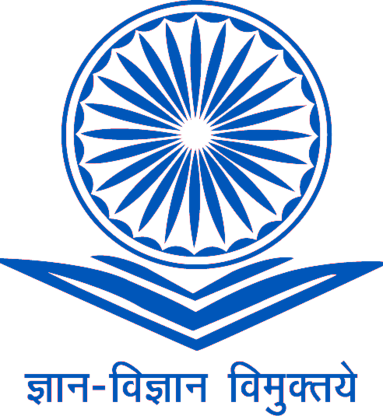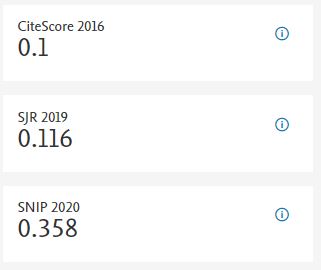TO ANALYSIS THE SATISFACTION LEVEL FOR THEDIFFERENT GST SERVICES OF THE HOTEL INDUSTRY
Abstract
It is a comprehensive tax levied on sale, manufacturing and consumption of goods and services. Regime of GST was started by Vishwanath Prathap Singh in 1986 during Rajiv Gandhi government but it failed to get approval in the Lok Sabha. Finally GST Act was passed on 29th march 2017 and it came into force on 1st July 2017. Rules regulation and rates governed by GST council comprise all state and central finance ministries.
“One tax for entire nation”: A good advantage of GST is that tax on tax is removed and the cost of goods decreased. The whole concept of GST for levying tax is based on 5 slabs 0%, 5%, 12%, 18% and 28%. GST removed the cascading effect (tax on tax) on the sale of goods and services which helps to decrease the cost of goods and services. Activities like returns, refund registration response need to be done on the GST portal. This helps to speed up GST process. The 3 types of GST are, CGST: collected by central government on intra-state sale. SGST: collected by state government on intra state sale and IGST.














